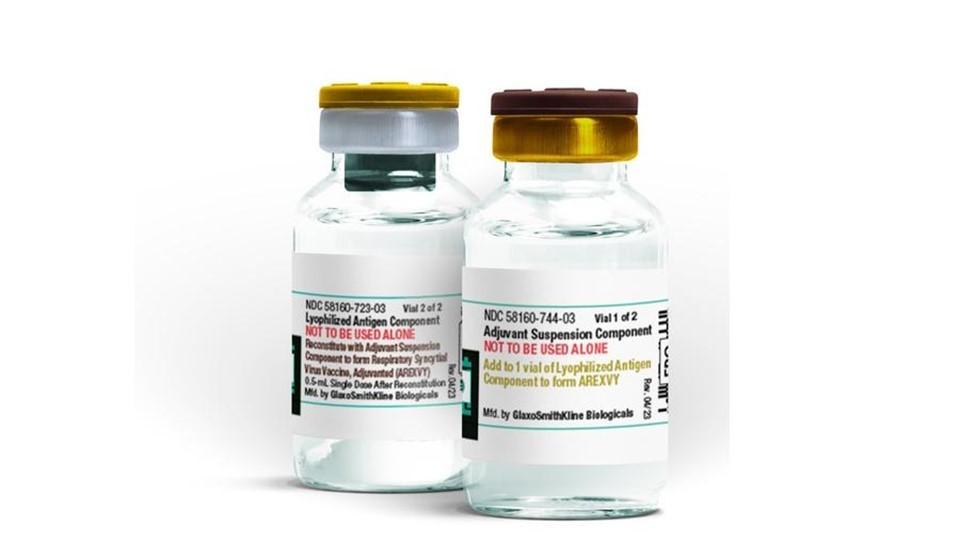NICE’s health inequalities modular update: A positive step, but greater nuance is needed

The start of a new year saw the launch of a consultation on NICE’s eagerly anticipated health inequalities modular update to the manual for health technology evaluation.1
NICE describes reducing health inequalities as ‘a core part of its DNA’ and it is listed as one of its core principles.2 It publishes an Equality Impact Assessment (EIA) for each appraisal conducted as part of its Technology Appraisal (TA) and Highly Specialised Technologies (HST) processes. As such, debating impacts on health inequalities is not new to the technology appraisal (TA) process, with committees already considering the topic as part of their deliberations when determining whether or not to approve reimbursement of a new technology. However, to date, much of these deliberations have lacked a strong empirical or quantitative basis, and committees have often concluded that issues raised could not be addressed in a TA.3
This modular update represents NICE’s first formal move into quantitative assessment of impacts on health inequalities, prompted, in part, by recent appraisals in which manufacturers have submitted such evidence for consideration by the EAG/committee, notably the appraisal of exagamglogene autotemcel (exa-cel) for treating beta-thalassaemia (TA1003) where distributional cost-effectiveness analysis (DCEA) was presented by Vertex as the base case analysis.4
What are the highlights?
- NICE now formally invites submission of quantitative evidence on health inequalities for the UK population in technology appraisals, including descriptive statistics on disease burden, differences in prevalence or health outcomes between social groups, and projected impact on a technology on the identified inequalities.
- DCEA is referenced as the quantitative methodology of choice for assessing the impact of an intervention on health inequalities, with index of multiple deprivation (IMD) listed as the recommended equity subgroup. If included, DCEA should be supportive evidence instead of forming part of the base-case analysis.
- Where there is robust evidence showing the technology substantially reduces or increases health inequalities, the committee will consider this in its decision making. However, impacts on health inequalities will only be considered in ‘exceptional’ circumstances.
- NICE reaffirms its previous position statement from 2024 in saying that it will not consider health inequality aversion weights in weighting outputs of DCEA, citing a lack of robust evidence on population preferences. As such, resulting DCEAs will not trade-off equity and health maximisation.
- Committees may ‘apply flexibility’ to the standard willingness-to-pay threshold when the size of the health inequality impacts of a technology are substantial. The degree of flexibility will not be prescribed by NICE, but rather based on the judgement of the committee.
LCP’s reaction
The modular update is welcome progress in providing guidance to enable quantitative considerations of inequalities to be included within TAs and HSTs and in turn reflect reducing health inequalities being ‘a core part of NICE’s DNA.’ Inviting submissions of quantitative evidence on health inequalities for submissions will help to build the body of evidence and help both NICE and manufacturers better understand the strengths and challenges of DCEA, data requirements, and nuances; this is needed to enable routine quantitative considerations of inequalities in TAs. There are two areas, however, that would benefit from greater clarity and development in future updates to generate more progress – discussion of other equity sub-groups (e.g., ethnicity) and considerations of form of DCEA.
- The modular update excludes discussion of important nuances in DCEA, which are important considerations in its implementation. Firstly, DCEA exists in two primary forms - aggregate and full form. Aggregate DCEA is advantageous due to its simplicity, time efficiency, and potential to facilitate comparability across appraisals. However, it is limited, particularly for conditions with divergent epidemiological trends in incidence and mortality, or where more granular analyses are required to capture meaningful nuances in health inequalities. Full-form DCEA offers richer insights, but its feasibility depends heavily on the availability of high-quality data. Including similar guidance for manufacturers would help ensure the appropriateness of submitted analyses using this relatively novel methodology.
Secondly, while we agree that IMD is the most practical equity subgroup due to data availability and is often relevant, the modular update would benefit from explaining the reasons for this. Specifically, outlining the information required for a given equity subgroup to conduct DCEA; namely, quality-adjusted life expectancy (QALE) and health opportunity cost gradients by equity subgroup are lacking for alternative domains of equity such as ethnicity. The proposed modular update is a welcome and positive step towards more structured consideration of health inequalities in NICE TA and HST processes. It brings NICE in line with Canada’s Drug Agency (CDA), which requests that companies present economic evaluations in a manner that ‘supports equity concerns being reflected in decision-making,’ including presentation of disaggregated results across patient subgroups of relevance.5
It is our opinion that NICE’s position is generally a sensible and fair reflection of the current evidence base; for example, in terms of the limited data available to support consideration of domains of equity other than IMD and health inequality aversion parameters in DCEA. Further, NICE carefully reflects on its remit as a decision maker and the extent of its influence, suggesting that factors such as access to care and health seeking behaviours are outside its control, but significant contributors to health inequalities in society. The consultation documents reveal the balance NICE has sought to strike between appropriately considering health inequalities and the risk of increasing complexity and uncertainty in decision making, potentially extending appraisal timelines and delaying patient access. This will also be at the forefront of manufacturers’ minds as they deliberate whether to invest in generating this evidence.
Progress in integrating inequalities considerations into TA and HSTs will rely on continued stakeholder engagement during the consultation, submission of inequalities evidence, and ongoing updates to the guidance to reflect the latest evidence and methodological advances.
References
- NICE. Health inequalities modular update of NICE Health Technology Evaluations: the manual (PMG36). https://www.nice.org.uk/consultations/2817/5/proposed-new-content (Accessed January 2025).
- NICE. NICE and health inequalities. https://www.nice.org.uk/about/what-we-do/nice-and-health-inequalities (Accessed January 2025).
- Treharne C, Beattie A, Mitchell G, Chan MS. Discussion of health inequalities in the NICE single technology appraisal process: a review of recent submissions in NHS England’s Core20PLUS5 focus clinical areas. 2023. isporeurope23treharnehta191poster128350-pdf.pdf (Accessed January 2025).
- NICE. TA1003: Exagamglogene autotemcel for treating transfusion-dependent beta-thalassaemia in people 12 years and over. September 2024. https://www.nice.org.uk/guidance/ta1003 (Accessed January 2025).
- Canada’s Drug Agency. Guidelines for the Economic Evaluation of Health Technologies: Canada — 4th Edition. https://www.cda-amc.ca/guidelines-economic-evaluation-health-technologies-canada-4th-edition (Accessed January 2025).
About the authors
 Jonathan Pearson-Stuttard is head of health analytics at LCP. As a public health physician and epidemiologist, he is also Chair of the Royal Society for Public Health and Honorary Clinical Senior Lecturer at Imperial College London. At LCP, Pearson-Stuttard leads a multi-disciplinary analytics team developing innovative analytics and technology approaches that cut through the noise of complex datasets and put actionable insights into the hands of decision makers across health and life sciences. He trained at the University of Oxford and has been awarded multiple competitive clinical-academic research positions from the NIHR and the Wellcome Trust at Imperial College London.
Jonathan Pearson-Stuttard is head of health analytics at LCP. As a public health physician and epidemiologist, he is also Chair of the Royal Society for Public Health and Honorary Clinical Senior Lecturer at Imperial College London. At LCP, Pearson-Stuttard leads a multi-disciplinary analytics team developing innovative analytics and technology approaches that cut through the noise of complex datasets and put actionable insights into the hands of decision makers across health and life sciences. He trained at the University of Oxford and has been awarded multiple competitive clinical-academic research positions from the NIHR and the Wellcome Trust at Imperial College London.
 Catrin Treharne is a principal and health economics lead in LCP’s health analytics team, with more than 13 years’ experience in health economics and health technology assessment. Her experience spans the product lifecycle, from early economic models to global models suited for health technology assessment, as well as models developed for use in local payer negotiations. In her work, Treharne advances the application of methods to quantify health inequalities and reflect the broader value of health in decision-making.
Catrin Treharne is a principal and health economics lead in LCP’s health analytics team, with more than 13 years’ experience in health economics and health technology assessment. Her experience spans the product lifecycle, from early economic models to global models suited for health technology assessment, as well as models developed for use in local payer negotiations. In her work, Treharne advances the application of methods to quantify health inequalities and reflect the broader value of health in decision-making.












